- Saturday, 24 May 2025
Conservation laboratory established in Lumbini to protect archaeological objects
By Sita Kafle,Rupandehi, May 24: A museum conservation laboratory has been established at the World Heritage Site of Lumbini. It is claimed that the Lumbini Museum Conservation Laboratory is the most modern facility of its kind in Nepal.
According to the Lumbini Development Trust (LDT), the laboratory will conduct scientific conservation, restoration, and research on archaeological and artistic objects related to Buddhist history, some of which are over 2,000 years old.
Located in the heart of one of the world's most sacred religious site, the laboratory aims to preserve artifacts discovered through past archaeological excavations.
The museum has been established in collaboration with the U.S. Embassy in Nepal, the Buddha Foundation, the Lumbini Development Trust and the Department of Archaeology.
Dr. Lharkyal Lama, Vice Chair of the Lumbini Development Trust, stated that archaeological artifacts will be preserved using advanced testing equipment and climate-controlled storage facilities in the laboratory.
He noted that the laboratory’s operation is expected to significantly support the preservation of archaeological artifacts.
Jason Mix, Deputy Chief of Mission at the U.S. Embassy in Nepal, assured that the laboratory will help preserve and document invaluable ancient artifacts.
The conservation laboratory was established by the U.S. Embassy through the Ambassador’s Fund for Cultural Preservation (AFCP).
Sumnima Udas, Executive Director of the Buddha Foundation, expressed confidence that the Lumbini Laboratory will make the conservation of archaeological artifacts more scientific, systematic and sustainable.
Udas added that with the start of the laboratory two curators will be appointed to oversee the preservation of artifacts. The foundation also reported that plans are in place to provide long-term training to local experts through the heritage conservation centre.
The solid clay sculptures, stone statues, coins, and other artifacts excavated from Lumbini, dating from the sixth century BCE to the third century CE, are kept at the laboratory.
The laboratory will also work to reconstruct broken archaeological items from the wider Lumbini area, preserve these objects and carry out the conservation and documentation of ancient artworks and treasures.

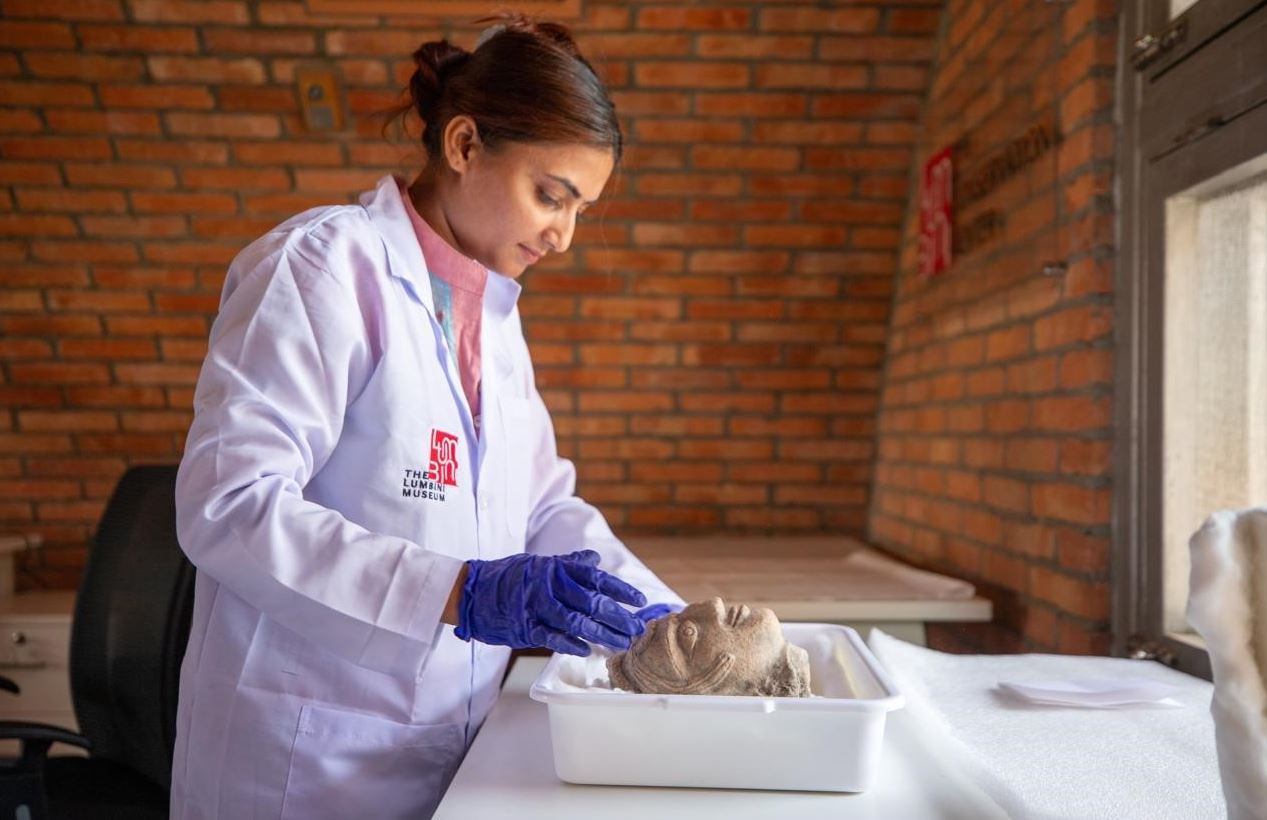

-original-thumb.jpg)
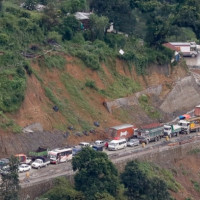
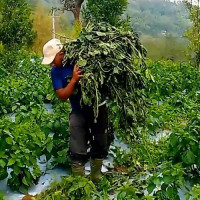
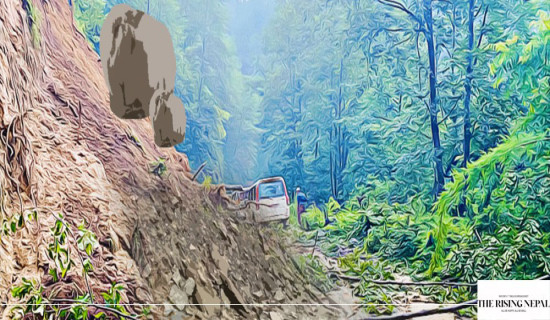
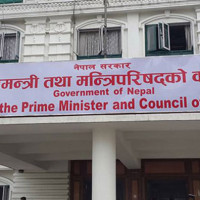

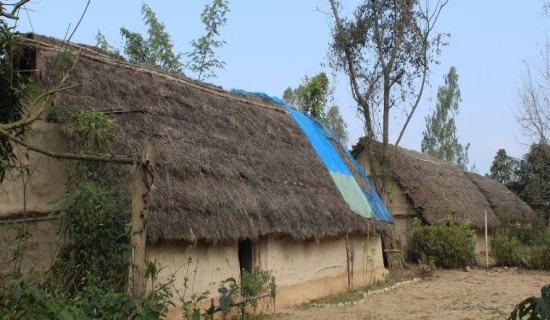




-original-thumb.jpg)

